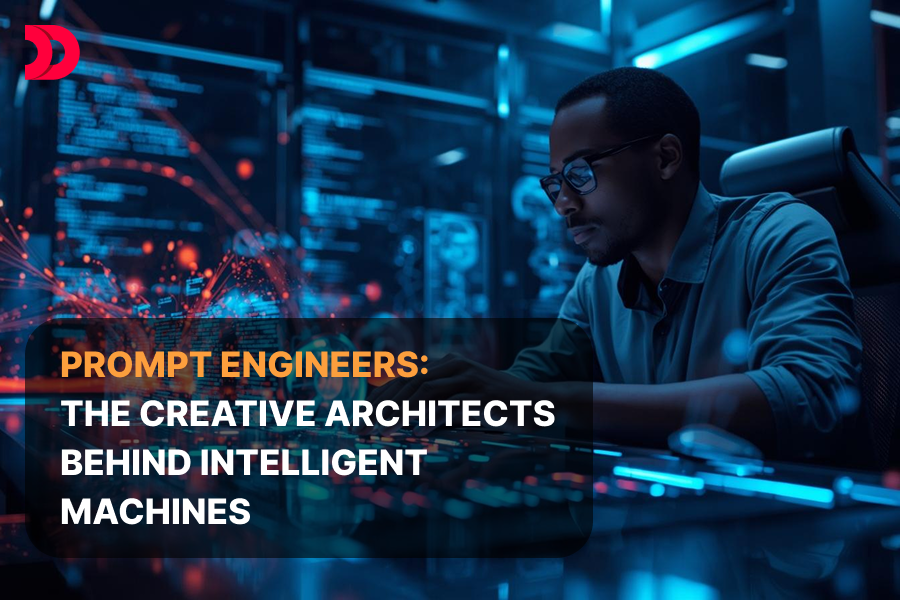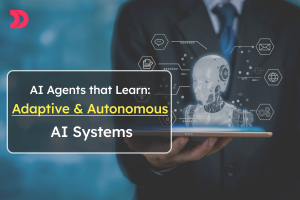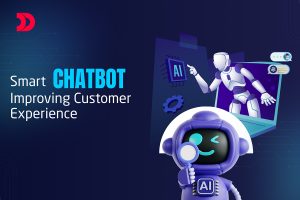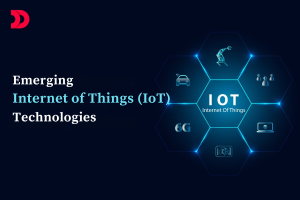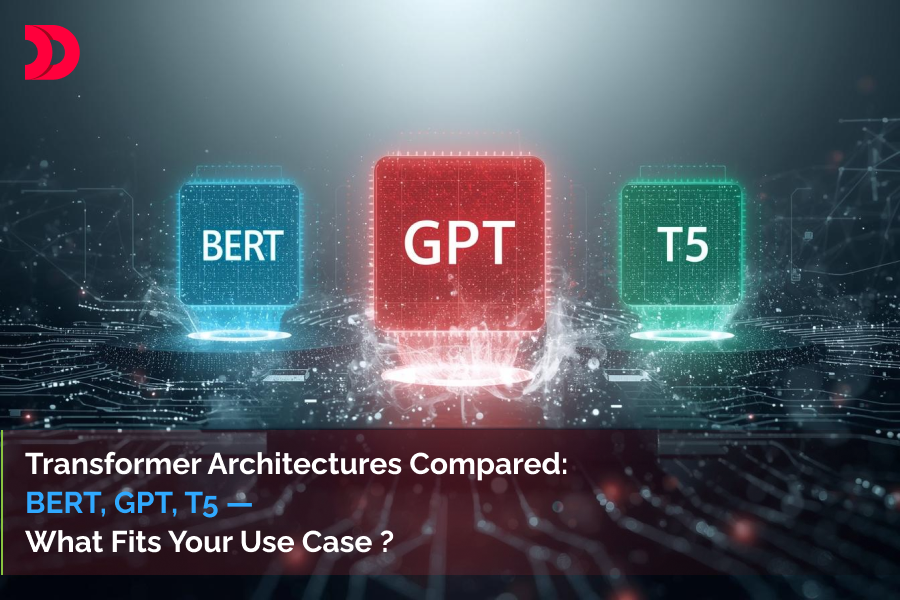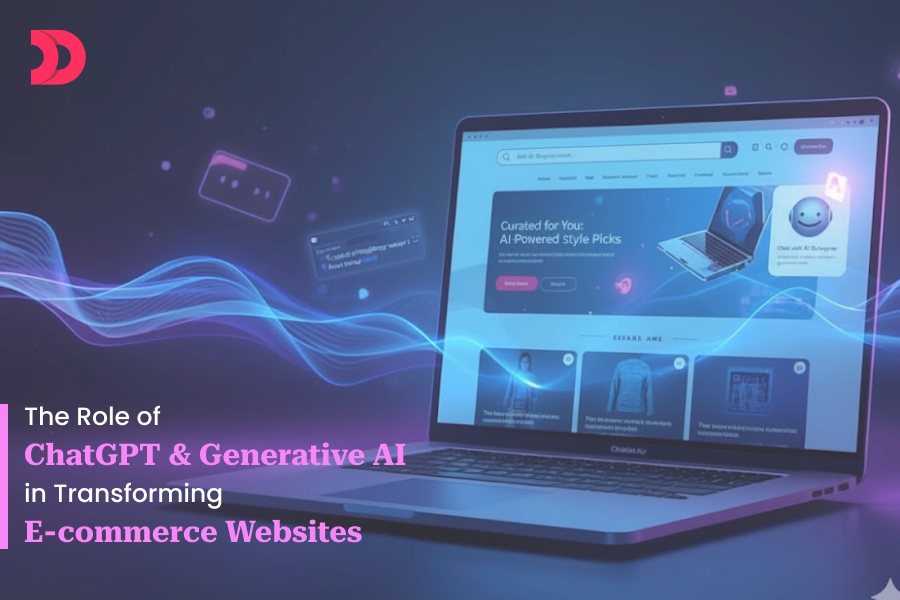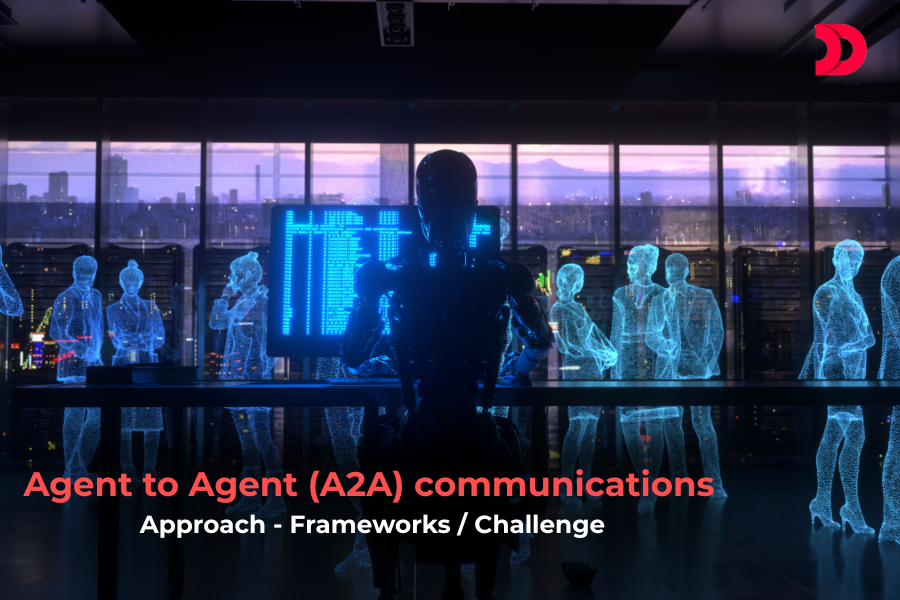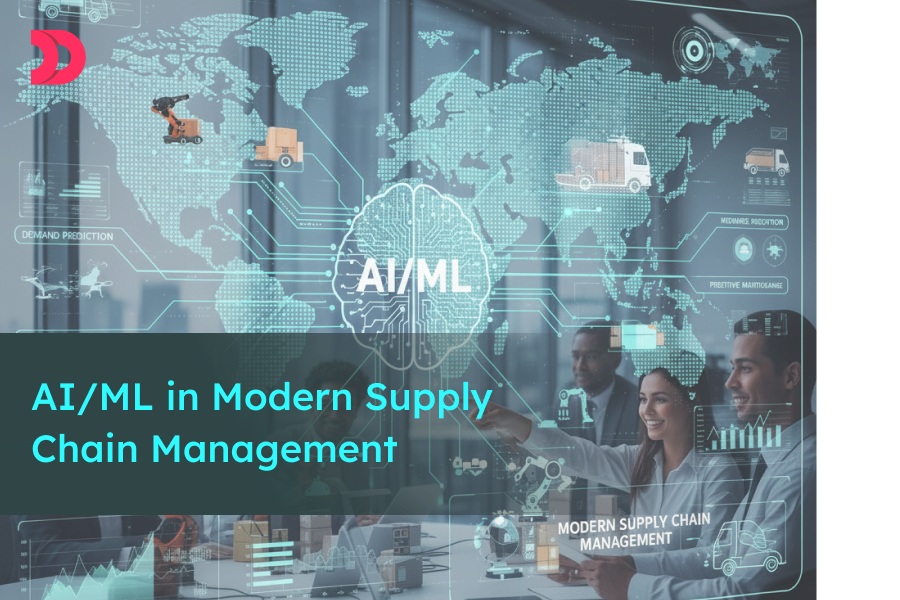The rise of generative AI has written a new chapter in digital transformation by introducing a human-machine interface. However, with the prevalence of sophisticated tools like LLMs (Large Language Models), enterprises face a challenge of achieving consistent, high-quality output using AI prompts. This emerging requirement has made the AI prompt engineer’s role crucial in the corporate world.
An expert AI prompt engineer can bridge the performance gap between a suboptimal, generic response and a highly valuable semantic result. As a fundamentally creative architect, the prompt engineer is responsible for designing and refining the precise instruction inputs. The engineer ensures consistent and commercially viable outcomes by giving highly specific and context-aware AI prompts.
This blog talks about the prompt engineering techniques and their importance, with some tips to create the best prompts for an AI image generator. Let’s start with an overview of AI prompts in generative AI.
What is a prompt in generative AI?
The prompt is typically an initial input signal in any generative AI workflow. It is a text-based instruction that acts as an essential conversational interface to establish the necessary context. An AI prompt articulates the precise intent and defines the functional goal for the model generation. Unlike formal coding languages, these natural language prompts are based on the model’s NLP (Natural Language Processing) capabilities.
The primary mandate of prompt engineering is to augment the input signal’s vague conceptualization into a tangible and valuable output. A generic input yields unsatisfactory boilerplate results that have no semantic fidelity. On the other hand, an engineered prompt is a highly structured command with integrated, layered components, such as detailed context and prescribed style.
The output quality of the generative AI is directly proportional to the semantic quality of the AI prompts. As a result, an engineered prompt can help companies get the desired outcome.
Art and Science of Prompt Engineering Techniques
Prompt engineering is a structured discipline that combines linguistic science and computational logic. This methodology consists of the three C’s- Clarity (to eliminate semantic ambiguity), Context (to provide necessary background), and Constraints (to define specific output parameters). AI prompt engineers also leverage strategic role-playing by assigning a detailed persona to the language model. This persona scopes the model’s knowledge retrieval.
The iterative process, a continuous cycle of prompt refinement based on output testing, is useful for optimizing task performance and minimizing model hallucinations. Moreover, advanced techniques such as Chain-of-Thought (CoT) prompting can manage complex reasoning tasks. This CoT prompting can be either in a lightweight zero-shot CoT form or a highly prescriptive few-shot CoT form.
Prompt engineering techniques compel the AI to articulate its intermediate steps, thereby boosting accuracy and adhering to logic. In a way, these techniques combine both art and science for problem-solving and factual generation.
How to Create the Best Prompts for AI Image Generator
The scope of prompt engineering extends into the visual domain. It transforms basic text-to-image queries into high-fidelity and production-ready assets using a process called ‘From Text-to-Image Magic.’ An effective AI image prompt is a comprehensive blueprint that structures the model’s visual generation process precisely.
The AI image prompt consists of four critical components: the Subject (the primary entity), the Style (the artistic medium), the Details (atmospheric elements), and the Technical Specifications (framing, aspect ratio, etc.). AI prompt engineers put significant effort into codifying the best prompts for AI image generator systems. It involves curating proprietary libraries of robust modifiers and negative prompts, instructions for avoiding specific elements.
This sophisticated approach for controlling input enables companies to generate high-quality, commercially viable visual assets consistently. This is essential to maintain brand standards and aesthetic requirements without spending much time in post-production editing.
Role and Future of Prompt Engineers
An AI prompt engineer plays a vital role across diverse industry verticals, from advanced research to creative marketing. Day-to-day responsibilities for this position are both operational and strategic. These are developing internal and standardized prompt libraries, optimizing model throughput, and maintaining quality for niche business use cases.
Whether it is generating compliance documentation or personalized customer communication, an AI prompt engineer remains the primary domain expert for generative AI. The major role of this engineer is in utilizing the capabilities of LLMs for organizational workflows. Success in this domain needs a blend of semantic precision and linguistic fluency with rigorous computational logic. Though they are not core model developers, proficiency in Python is essential.
Talking about the future of the AI prompt engineer, we can expect that it will evolve from simple input to designing complex and multi-turn conversational architectures. It will involve algorithmic pipelines to manage continuous and scalable AI interactions. Furthermore, it will be necessary for engineers to take their problem-solving and decision-making abilities to the next level to give more precise AI prompts.
Concluding Lines
As the human-centric communication and precision within the technological landscape evolve, we witness the rise of AI prompt engineers. Their role is essential for converting sophisticated human creativity into an intelligent outcome using generative AI. The prompt engineer can furnish highly defined and imaginative instructions, technically, to bridge the gap between human desire and reliable machine output.
Mastering the art and science of prompt engineering can unlock the potential of generative AI models. Individuals or organizations can achieve model optimization with the help of AI prompts, and digital architects or prompt engineers can make it possible. However, it is essential to find the right engineer who can give the best prompts for the AI image generator and other LLMs.
DevsTree is your trusted partner to bring tech excellence in modern enterprises. We offer top-notch services in the domains of generative AI and agentic workflow automation to a global corporate clientele. Our best-in-class AI/ML services also include deep learning, NLP, and advanced ML model-based services. Contact us to learn more about the scope of natural language prompts for enhancing your brand value and growing your business.


 Nov 27, 2025
Nov 27, 2025  4 Views
4 Views
